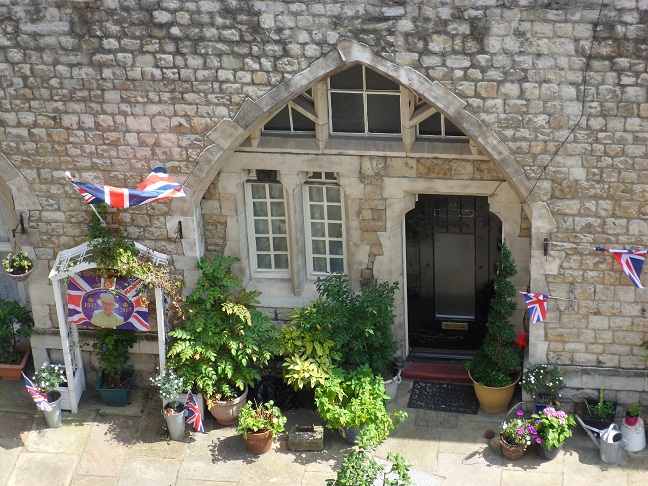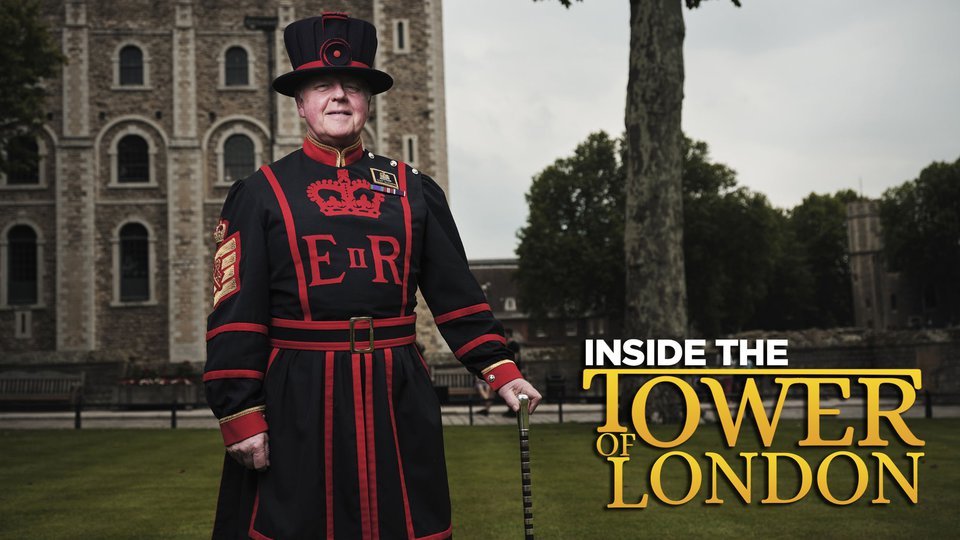
Services are held in the chapel periodically during the year. St John’s is unique in that other extant Norman churches in England date from the mid-12th century its construction was begun in 1080.


Tourists love visiting Tower Bridge - but you have to pay to go inside. So the towers contain an exhibition using different medias, like film, photos and an interactive display, to explain the history of the bridge and how it was built.
#INSIDE THE TOWER OF LONDON WINDOWS#
The programme of decoration was expanded by King Henry III, under whose orders three stained glass windows were installed in 1240. Both elements of the bridge are actually part of the Tower of London Exhibition, which you have to pay for. Thick, round piers support unmoulded arches, notable for their simplicity, with simple carvings of scallop and leaf designs providing the only ornament. Constructed from Caen stone imported from France, St John’s has a tunnel-vaulted nave with groin-vaulted aisles and an east apse, above and around which curve the gallery. St John’s Chapel was built as part of the original layout of the White Tower, which was constructed in 1077–97 as a keep or citadel, being the oldest part of William the Conqueror's powerful fortress. Built in 1080, St John’s is the oldest surviving complete chapel from the early Norman period, and functions today as a chapel royal. The Chapel of St John the Evangelist ( St John's Chapel) is an 11th century chapel located in the Tower of London.

The Menagerie was removed from the tower and moved to an off-site zoo in 1835.Apsidal end of the Chapel of St John inside the White Tower At the time of its closure, the zoo houses everything from bears, tigers, lions, ostriches and even a polar bear. The Royal Menagerie, essentially a zoo, was also set up in the tower during the 1200s. The Tower of London turned a public attraction in the 17th century when the Line of Kings exhibition was set up. In 1508, a new jewel house was built on the Southside of the White Tower. Eventually, the rest of the treasures were brought to the Tower, which at that point was the most heavily fortified area in London. This began when a large number of treasures were stolen from the Abbey of St. The Tower of London is primarily known for housing the Crown Jewels and the practice of using the Tower as a repository for royal treasure began back in 1303. Those imprisoned there included accused sorcerers, plotters against the crown, knights, lords, members of the clergy, and. It has become associated with images of deep dungeons, grisly torture, and public beheadings, but it also contained luxurious apartments for wealthy prisoners.
#INSIDE THE TOWER OF LONDON SERIES#
Fawkes was inhumanly tortured during his imprisonment, hinting at the much more prominent pattern of torturing the common criminals and people not of noble birth. The fifth episode of the second series of Inside the Tower of London featured Lady Jane Grey and her brief reign. The Tower of London is one of history's most famous prisons. Another notable prisoner was Guy Fawkes who attempted to blow up the House of Lords in 1605.

Some of the more famous people imprisoned in the Tower include Lady Jane Grey in the 16th century, princes Edward and Richard, sons of Edward IV, Henry VIII's wives Anne Boleyn and Katherine Howard. Throughout its history, the Tower of London was used as a prison to hold those from deposed monarchs to common criminals. There hasn't been much modification to the Tower's structure since. By 1285, the White Tower was surrounded by two walls with towers and a moat. The Norman invader believed he had no support from the public and was fearful of being thrown out by the inhabitants, prompting him to push for the tower's construction. The first part of the Tower of London - White Tower - was constructed in the 1070s under the orders of William the Conqueror to replace the existing stronghold. Today, the Tower is remembered as the prison where many kings and queens met their ends.ĭespite its gruesome history, there's a lot to appreciate and marvel at in the Tower of London - the dazzling Crown Jewels collection, the colorful ceremonial guards' Yeoman Warders, gigantic armories and much more. While the building was initially constructed to serve as a prison, it took on many other roles over the years including the treasury, armory, residence, and even a zoo. Deriving its name from the central White Tower, the Tower of London has 22 towers and a stronghold within two concentric walls. Tower of London - Home Of The Yeomen WardersĪ glorious, sprawling castle located on the North bank of the River Thames, the Tower of London holds a significant role in British history.


 0 kommentar(er)
0 kommentar(er)
